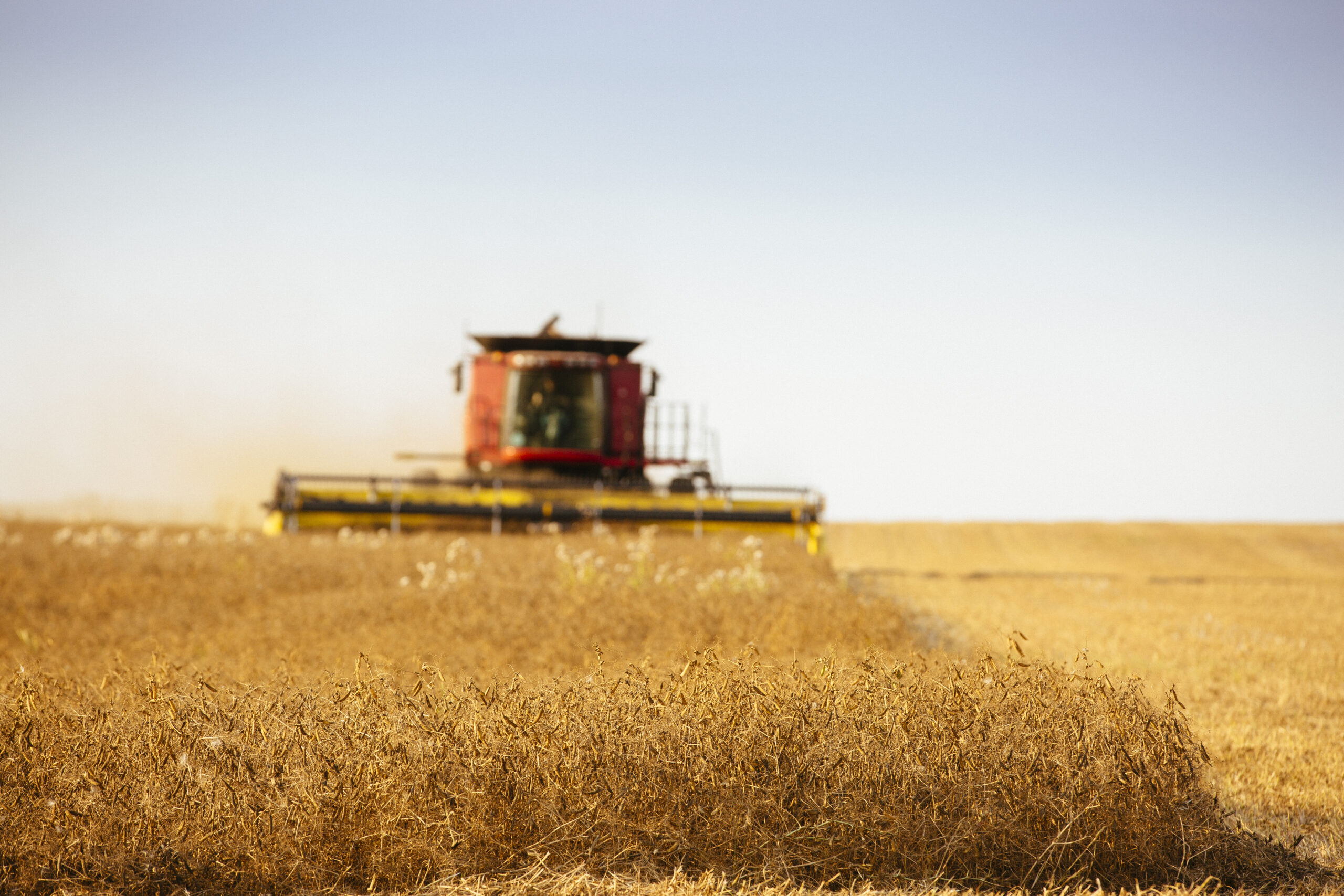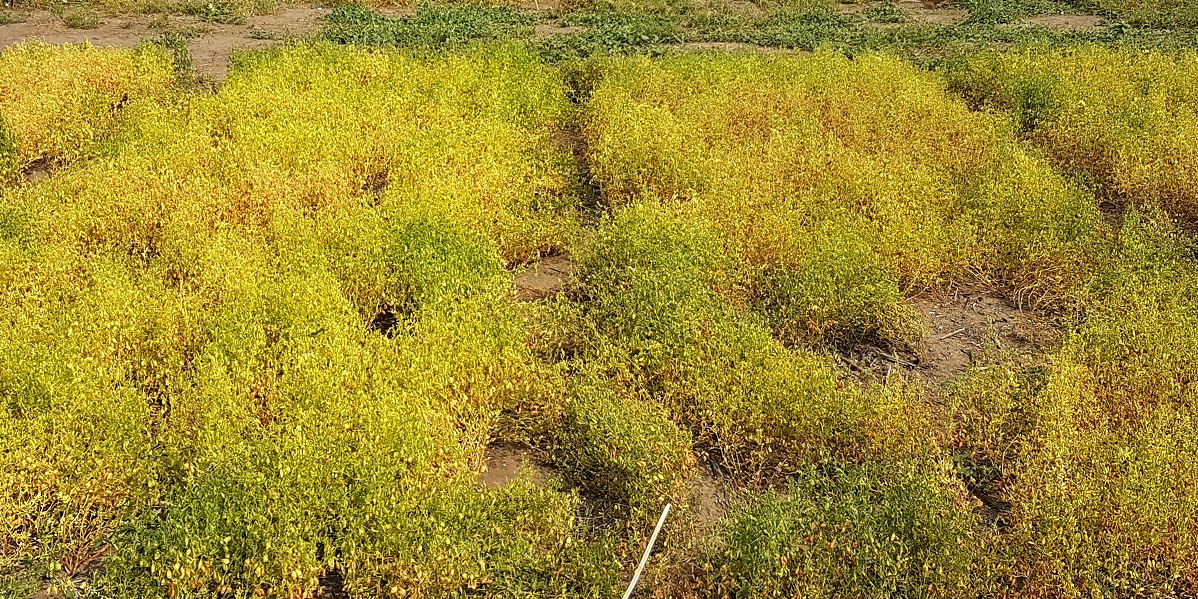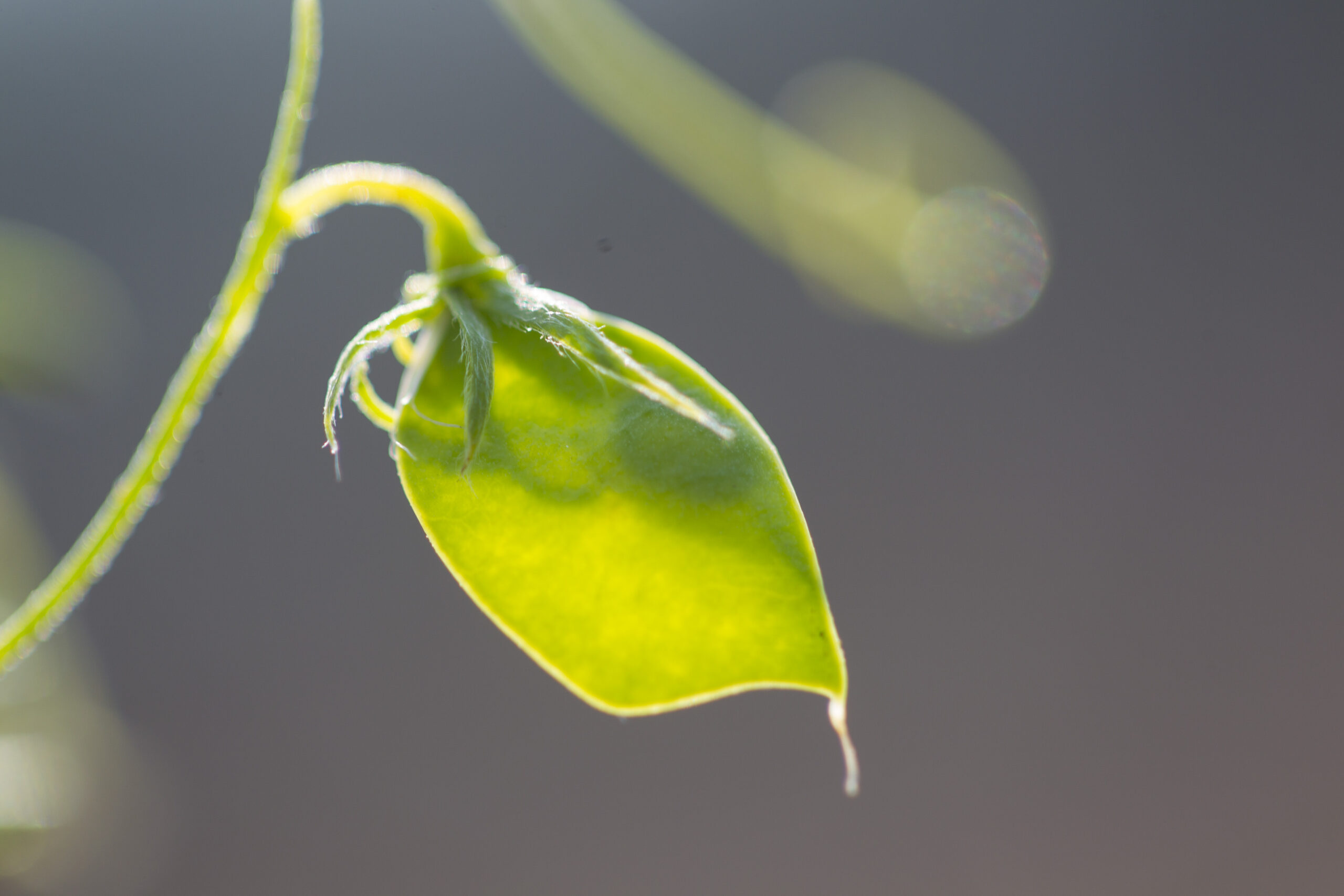Harvest Aid Options For Pulses
| Herbicide* | Herbicide Group | Pre-Harvest Interval* | Pulse Crops Registered |
|---|---|---|---|
| Aim® EC/Foremost™/ Revenge™ (carfentrazone) | 14 | 3 days | Field Peas, Chickpeas, Dry Beans, Faba Beans, Soybeans |
| CleanStart® (carfentrazone + glyphosate) | 9 + 14 | 3 days | Field Peas, Chickpeas, Dry Beans, Faba Beans, Soybeans |
| diquat (many brands) | 22 | 4-7 days (chickpeas & lentils); 4-10 days (faba beans); When sample tests dry (peas) or when crop is considered ready (dry beans, soybeans) | Lentils, Field Peas, Chickpeas, Dry Beans, Faba Beans, Soybeans |
| glyphosate (many brands) | 9 | 7-14 days | Lentils, Field Peas, Chickpeas, Dry Beans, Faba Beans, Soybeans (not for crops grown for seed) |
| Heat® Brands (saflufenacil) | 14 | 2-3 days* | Red Lentils*, Field Peas, Chickpeas, Dry Beans, Faba Beans, Soybeans (*Must be tank mixed with glyphosate when applied to red lentils) |
| Valtera™ (flumioxazin) | 14 | 5-8 days* | Lentils, Field Peas, Chickpeas, Dry Beans, Faba Beans |
*This chart is intended as a guide only. Consult product label prior to use for final detailed instructions. Some product and crops may have market access concerns. See keepingitclean.ca prior to use.
Do not use glufosinate on lentils as a crop desiccant. There is an elevated risk of Maximum Residue Limit (MRL)-related trade disruption due to missing or very low MRLs in most major markets. Grain buyers will not accept glufosinate-treated lentils.
Version June 2023
Staging Pre-Harvest Applications of Herbicides
Pesticide products can lead to higher residues in the seed and reduced yields when applied too early. Appropriate application stage is when the crop is at physiological maturity (30% seed moisture or less). Know the proper staging for harvest aid products and ensure the entire area being sprayed is at the recommended stage:
- Lentils: Pods on bottom third are brown with hard seeds detached from pod that rattle when shaken. 80% of plant is yellow to brown in colour. Pods in middle third have seeds that are full size and firm showing 100% colour change from light green to tan-brown. Top third of plant will show 50-75% colour change and may have slight green colour, but seeds are fully formed and firm.
- Peas: Bottom pods are ripe and dry with seeds detached from the pods. 80% of plant is yellow to brown in colour. Top pods wrinkled and seed firm. Top of plant may have slight green colour.
- Chickpeas: Plants have yellowed, the pods have matured, and seeds have changed colour and detached themselves from the pods (pod rattle stage).
- Dry Beans: Crop has lost 80-90% of leaves and 80% of pods are yellow.
- Faba Beans: Plants fairly mature with leaves drying down and stems green to brown in colour, pods are filled, and lower 80% of bottom pods are tan or black in colour.
- Soybeans: Crop has lost 80-90% of leaves and 80% of pods are yellow.
Choosing the Right Product
Select your pre-harvest product based on your intentions for the field. Glyphosate is not a desiccant and is intended for weed control prior to harvest only. Products such as Aim®, diquat, Heat®, and Valtera™ can act as harvest aids or desiccants to dry down the crop to facilitate harvest. If you are intending to use the crop for seed, glyphosate (including CleanStart®) should not be applied pre-harvest.
Additionally, buyers will not accept lentils treated with glufosinate this year. If using a pre-harvest herbicide for weed control, ensure that the weeds are at the correct stage and are actively growing for best product performance. Products that are used pre-harvest may have market access concerns. Ensure that the product you choose is approved for your intended market, and that labelled rates and pre-harvest intervals are followed to protect access to important pulse export markets (see keepingitclean.ca).
Pre-Harvest Intervals
The pre-harvest interval is the time that must be left between application of a herbicide and the cutting of the crop (either swathed or straight-cut). The purpose of the pre-harvest interval is to ensure that no more than the allowable residue of the herbicide is present in the harvested material.
Maximum Residue Limits (MRLs) are determined for each product and crop it is applied to based on registered rates and registered staging of the crop. If applied too early to the crop, extra product may be taken up by the crop, leading to higher than allowable residues present in the seed.
Disregarding these pre-harvest intervals and applying to parts of the field that are too green or not yet at the right stage, can result in residues over the MRLs, which can lead to market disruptions.
Tips for Using Glyphosate For Pre-Harvest Weed Control in Pulses
- Glyphosate should only be applied when the seed is at less than 30% moisture content in all areas of the field that will receive a herbicide application.
- Remember that glyphosate is not a desiccant nor is it a tool to speed up crop maturation.
- Wait three full days (72 hours) after application before swathing, to allow thorough translocation for long-term weed control. The crop may be harvested (straight-cutting or swath pick-up) seven to 14 days after application.

Source: Bayer


Note: the lower pods should appear brown and seed rattle with 80% of the plant yellow to brown in colour. No immature soft seeds.



